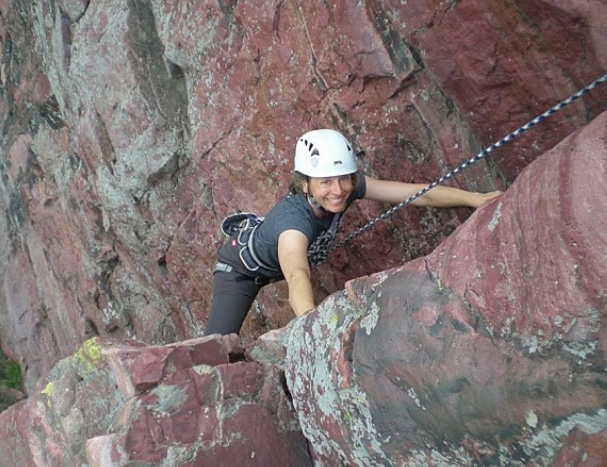
Classical Minnesota Public Radio host Alison Young raises an interesting question today: What drives us to do things that might kill us? How do we decide when to stop doing it?
Young, an avid backpacker, had a dream of climbing to the top of the highest mountain in the Western Hemisphere, Cerro Aconcagua in Argentina. At 22,841 feet, Cerro Aconcagua is the tallest peak outside of the Himalayas.
In preparation for the climb with an ice axe, “she attempted to simulate falling backwards, forwards, head first, etc. on a sledding hill in Como Park, and she successfully stopped before crashing into trees, skiers or small children,” Classical MPR reported earlier this month.
But falling off a mountain isn’t what almost killed her, she writes today. It was high-altitude pulmonary edema, a major cause of death of high-altitude mountaineers.
“Evacuation” is a funny term implying speed and efficiency. Mine was a chaos of clothes found, boots pushed on, a rag-doll body forced to stand and slowly marched thousands of feet down and down and down, tied to a lovely Argentine who never stopped urging me, ‘Good job, Ali! You must walk now! Good job!’
What, I ask myself, sends us to such risky places? Is it a testing of ourselves, a seeking of indescribable vistas, a desire that in utterly stark and danger-filled places we somehow find who we are and thus carry a strength and peace into the ordinariness of our lives? The reasons we give shift or, more likely, simply can’t be pinned down. Maybe we just don’t know why.
Alison said she knew she had what it takes to get to the top of a mountain, but has discovered the ability to know when to walk away from the danger of this particular dream.
(h/t: Luke Taylor)
